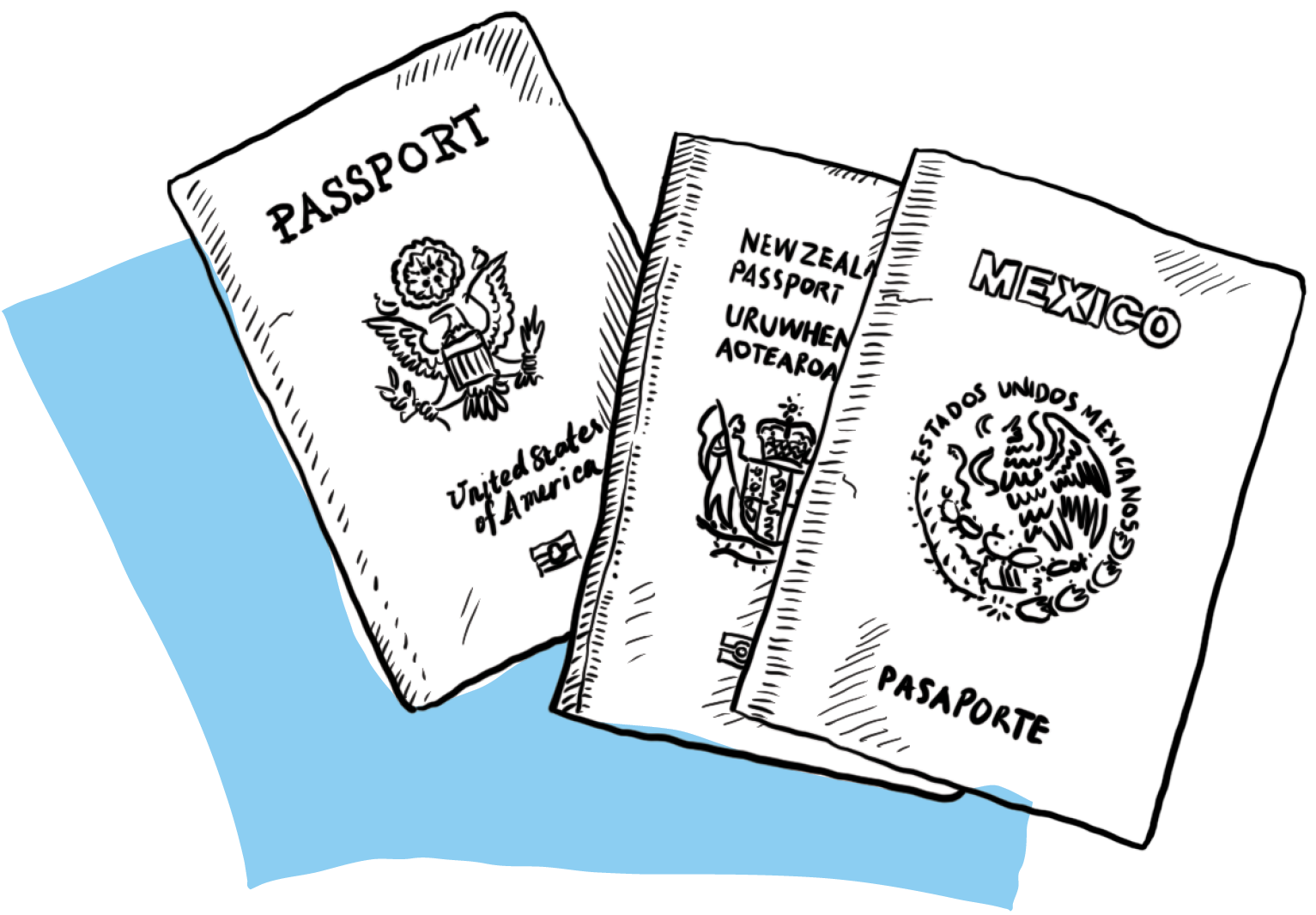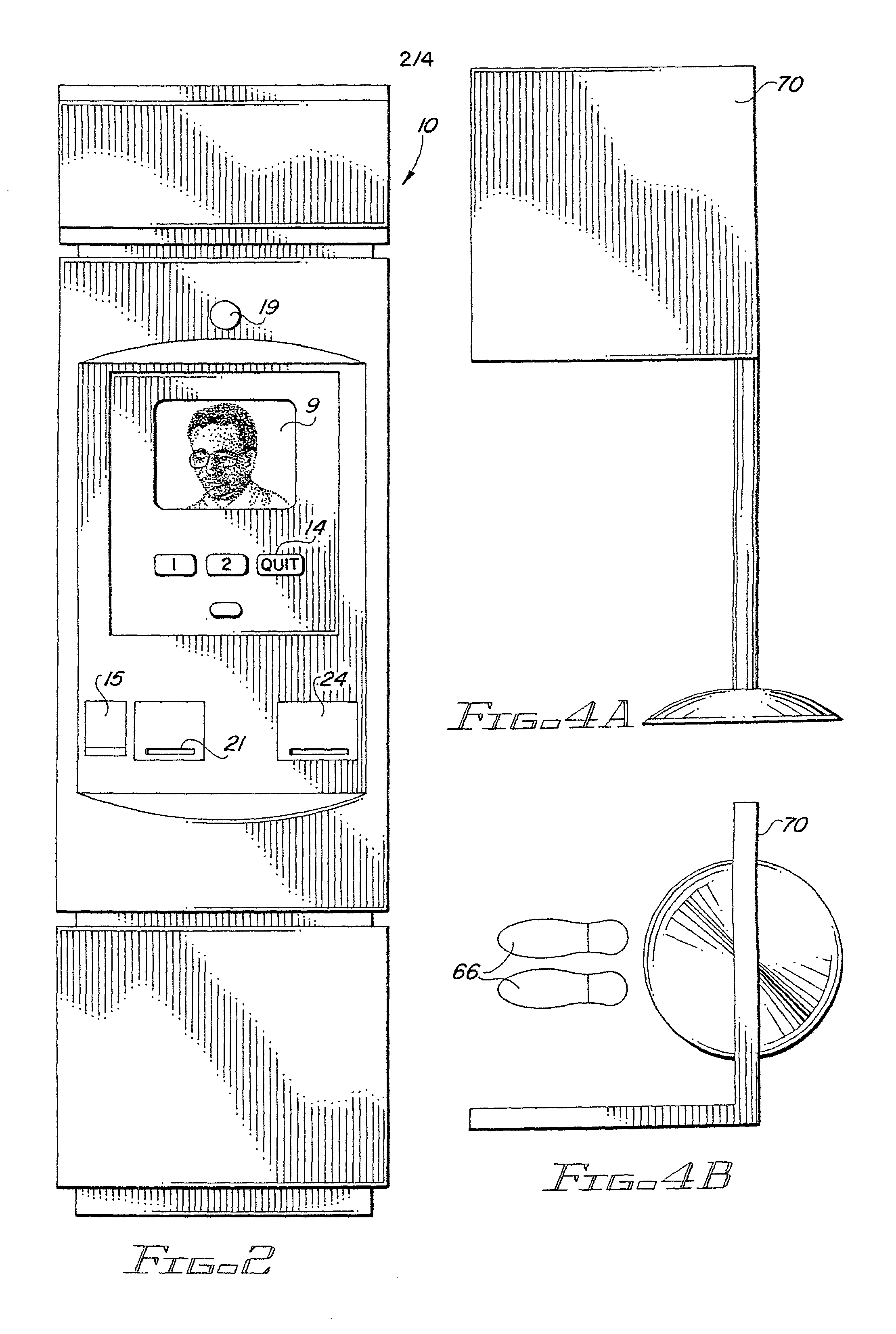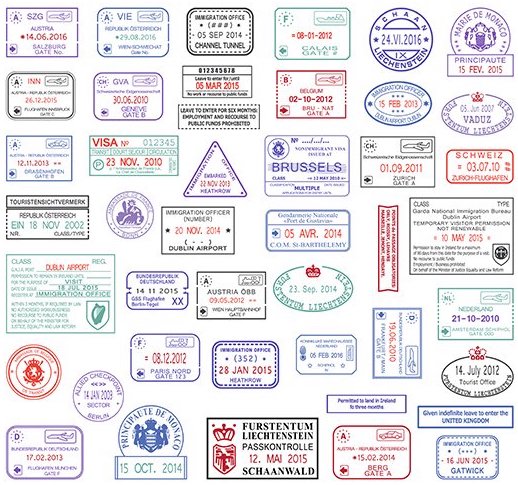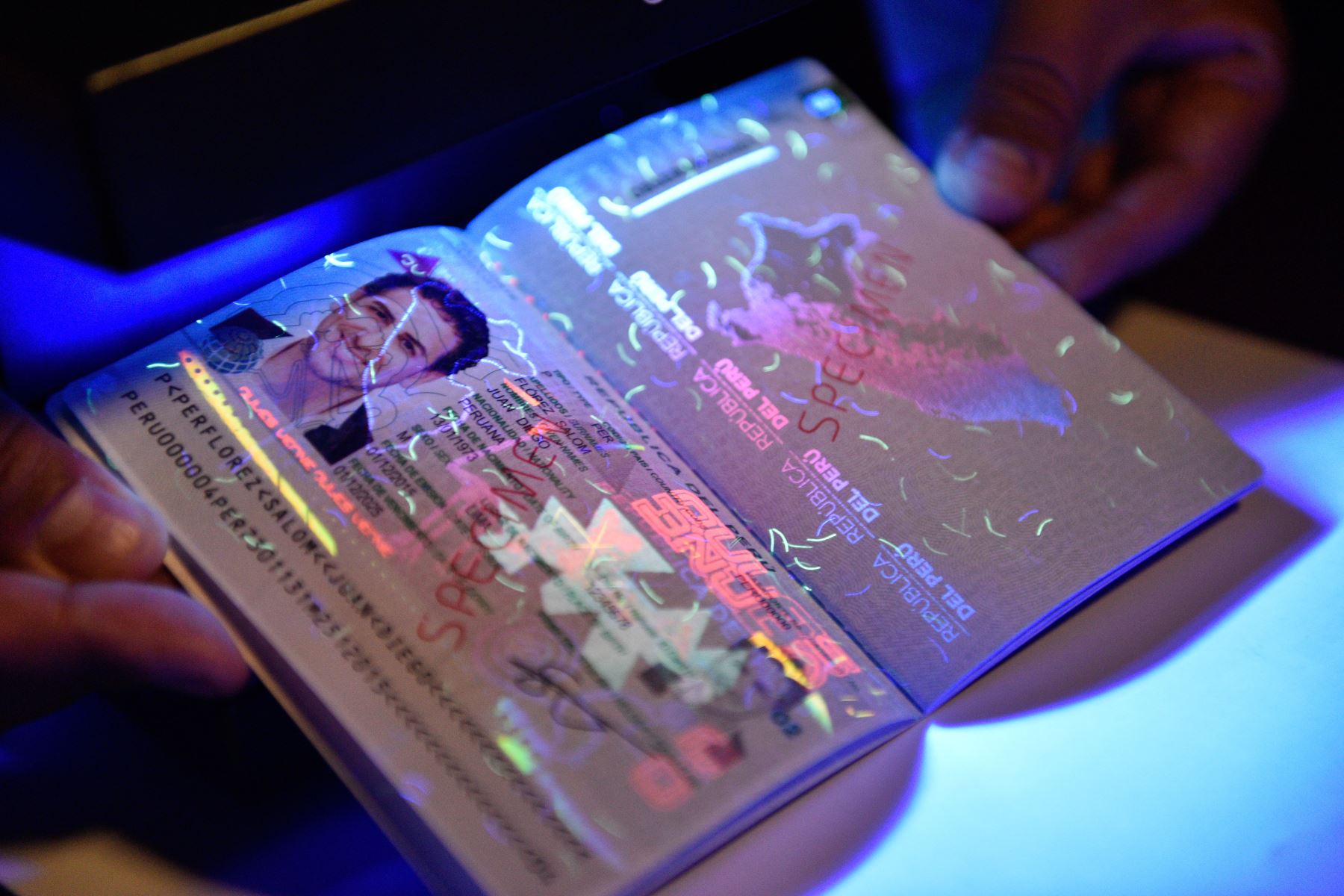Passport

“Perhaps the object we are most conscious of at airports is the passport.”1
︎︎︎ Related entries:
Bag Tag
Customs Declaration
Non-Place
Borders
︎ Random Entry
Tags: security, sorting, surveillance,
boundaries, technology
Bag Tag
Customs Declaration
Non-Place
Borders
︎ Random Entry
Tags: security, sorting, surveillance,
boundaries, technology
Design Decisions
“As a traveller you now
had to live up to your
passport identity to
be able to prove your
identity.” 1
The passport is a travel document issued by a country to its citizens, that identifies the holder’s name and other descriptive categories. Passports are used to identify a person, as a tool by which the state may enforce their authority over one’s movement. These passports standardize travellers into delineated categories such as one’s hair color, eye color, height, and birthplace. As Löfgren writes: “as a traveller you now had to live up to your passport identity to be able to prove your identity” [1].
The size of passport booklets is standardized internationally, around 125 × 88 mm (4.921 × 3.465 in), in accordance with the ISO/IEC 7810 ID-3 standard [2]. Many countries have begun to issue biometric passports, containing an embedded microchip which makes them readable by machines [3, 4]
 Passport kiosk design using biometric scans
Passport kiosk design using biometric scans
Effects on Passengers
Passports and immigration stamps are a useful reminder of travels. These can serve as mementos of adventures past, and some travellers “collect” immigration stamps, deliberately entering or exiting countries by different means (for example, by land, sea, or air travel) to receive different types of stamps.

A collection of EU visa immigration stamps
Passengers can have significant anxiety around the possibility of losing one’s passport. These people take comfort that new biometric methods of identification, such as facial recognition scans, have started to replace passport checks, and may make paper passports obsolete. On the other hand, other passengers have privacy concerns about the biometric additions to passports, or the prospect of having all identification being done by biometric scans. With new biometric passports, the RFID chips can be read surreptitiously which can pose both privacy and identity theft concerns [5].

- Adey, Peter. 2003. “Secured and Sorted Mobilities: Examples from the Airport.” Surveillance & Society 1 (4).
-
"Doc 9303: Machine Readable Travel Documents," (PDF). Seventh Edition, 2015. 999 Robert-Bourassa Boulevard, Montréal, Quebec, Canada H3C 5H7: International Civil Aviation Organisation (ICAO). 2015. Retrieved 22 November 2015.
-
Cane, P & Conaghan, J (2008). The New Oxford Companion to Law. London: Oxford University Press. ISBN 9780199290543.
-
“The Electronic Passport in 2019 and Beyond.” Gemalto. Accessed October 1, 2019.
- Schneier, Bruce. 2006. “Bruce Schneier - The ID Chip You Don’t Want in Your Passport,” The Washington Post. September 16, 2006.